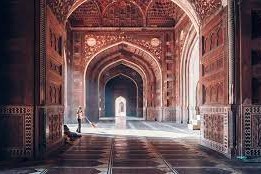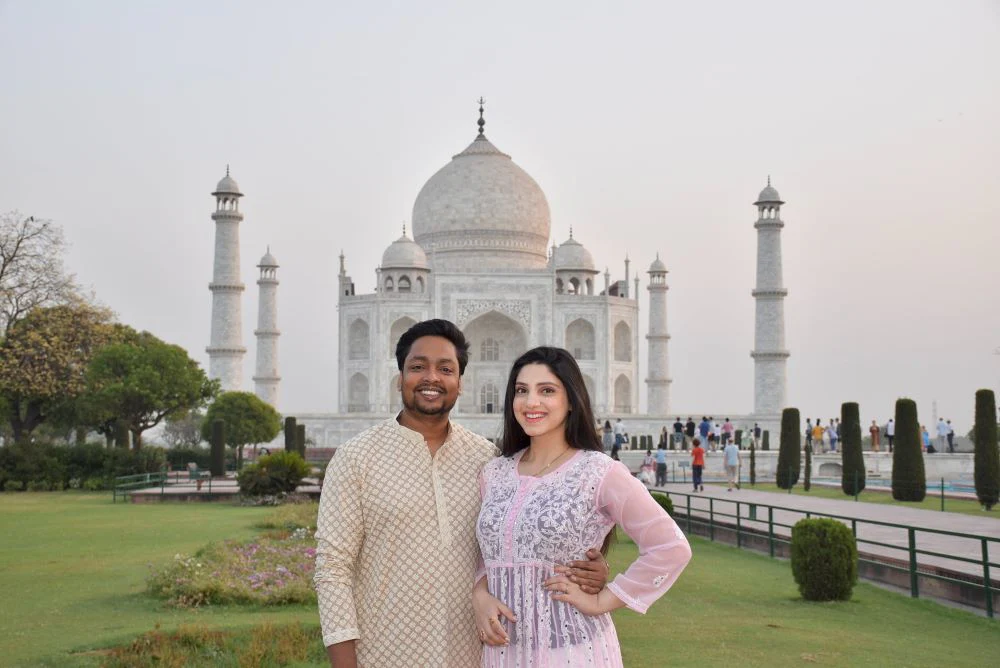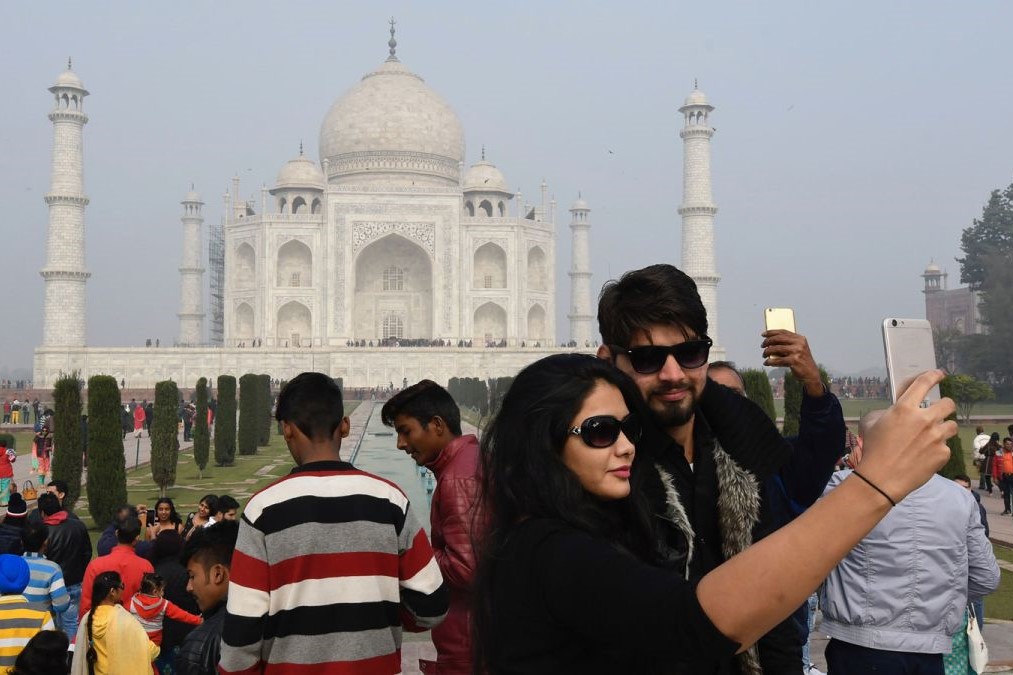The Story Behind the Taj Mahal

Taj Mahal
The story of the Taj Mahal is one of passion and loss. Shah Jahan and Mumtaz Mahal shared a deep bond, and their love story is still remembered today. After Mumtaz’s untimely demise during childbirth, Shah Jahan was heartbroken and vowed to build a memorial that would be unparalleled in beauty and grandeur. Thus, the Taj Mahal was born—a white marble masterpiece that took 22 years and 20,000 artisans to complete.
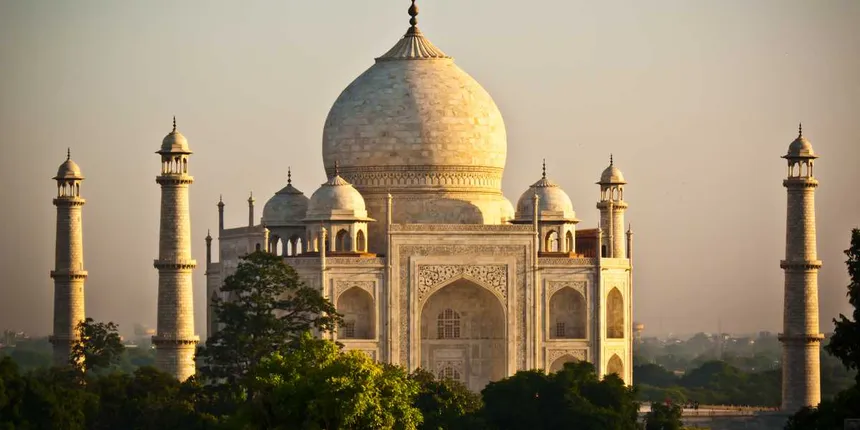

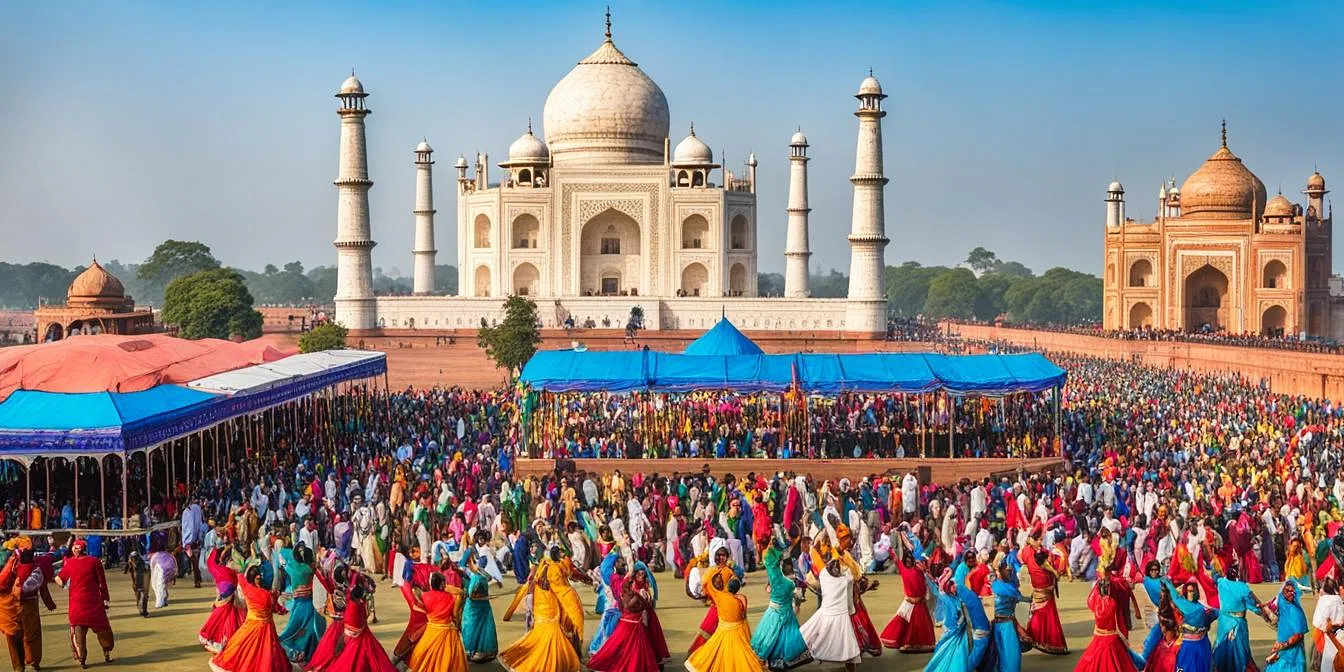
Best Time to Visit
The best time to visit the Taj Mahal is during the cooler months from October to March. Early mornings and evenings are ideal for experiencing its beauty under soft, ambient lighting. A special full-moon visit is highly recommended if you want to see the monument bathed in silver moonlight, making it look ethereal and otherworldly.
